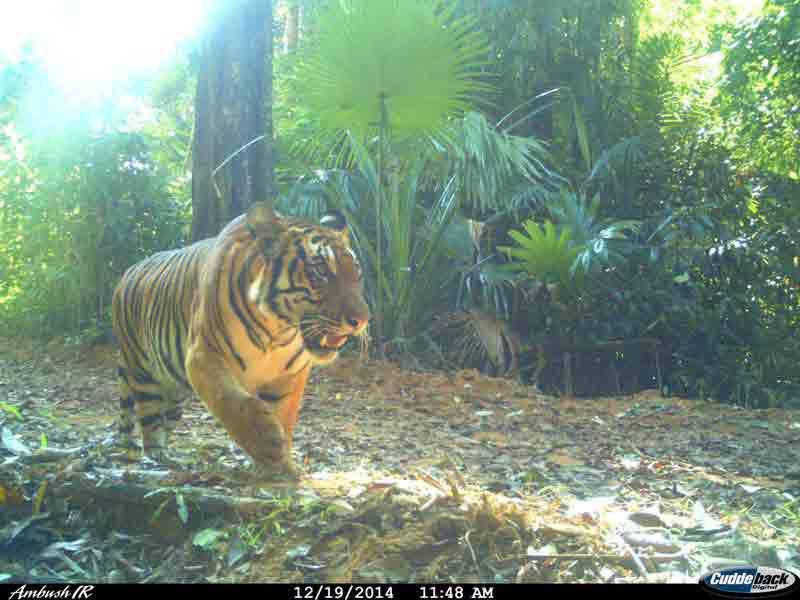
Tiger Conservation In Htamanthi Wildlife Sanctuary
The Htamanthi Wildlife Sanctuary is one of the most important habitats for tigers in Myanmar. It covers an area of 2,151 square kilometers and is part of the Hukaung Valley Tiger Reserve, which is the largest protected area for tigers in the world. The sanctuary is home tigers, as well as other endangered species such as Asian elephants, clouded leopards, and dholes. The sanctuary faces several threats from human activities, such as poaching, illegal logging, mining, and encroachment. These threats not only endanger the wildlife but also the livelihoods and well-being of the local communities that depend on the forest resources. Therefore, effective conservation measures are needed to protect the sanctuary and its biodiversity. One of the main conservation initiatives in the sanctuary is the SMART patrol system, which stands for Spatial Monitoring and Reporting Tool. This system uses GPS devices, digital cameras, and software to collect and analyze data on wildlife sightings, poaching incidents, and habitat conditions. The data helps to identify hotspots of illegal activities, monitor trends of wildlife populations, and evaluate the effectiveness of patrolling efforts. The SMART patrol system also enhances the capacity and motivation of the rangers, who are the frontline defenders of the sanctuary. The Tiger conservation in Htamanthi Wildlife Sanctuary is a challenging but rewarding endeavor that requires the cooperation and commitment of various stakeholders, such as government agencies, NGOs, local communities, and donors. By implementing effective and sustainable conservation strategies, the sanctuary can ensure the survival of its precious wildlife and the well-being of its people. The Tiger Camera Trap survey activities were started in 2016 focusing on the restoration of tigers their prey and their habitat while securing the community land tenure system. From 2017 October to December, the survey activity was conducted in the Nam Phi Lin management area, the Northern part of HWS. From 2018 January to March, the Nam Yan Yin management area and, the Southern part of HWS, was conducted the survey in 50 stations with 100 camera traps. In the year, 2019, a community-based tiger camera trap survey has conducted using 180 camera traps to cover the whole protected area. By conducting camera trap surveys together with patrolling, law enforcement was more effective in controlling threats and conducted action taken against illegal encroachment in the wildlife sanctuary. Additionally, the wildlife sanctuary provides sufficient habitat for tigers and their prey by bordering a wildlife corridor from the Yebawmi boundary to Hukaung Valley Wildlife Sanctuary. This corridor is very close continuously with India Tiger Conservation Reserves and so, Htamanthi become as a source site for the survival of tiger and their prey.
